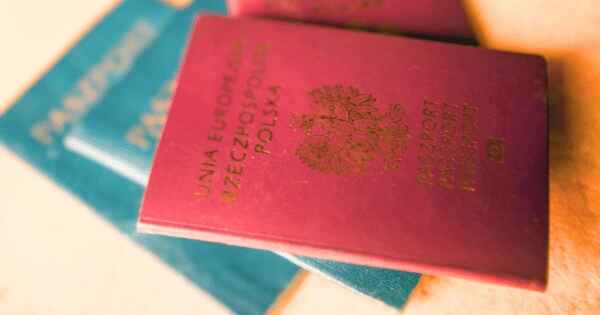Why a Zipline Tour in the Riviera Maya Should Be on Your Bucket List
- October 9, 2025
- blog
If you are an adventurous traveler, then you will love discovering that the Read More

If you’re considering applying for Polish citizenship by descent, one of the most critical parts of the process is proving that you have Polish ancestry. Citizenship by descent (confirmation of Polish citizenship) is not granted automatically – it must be proven through a documented, unbroken line of citizenship passed from your Polish ancestor to you. This guide will help you understand what types of documents are accepted and where you can begin your search.
Polish citizenship law is based on the principle of jus sanguinis (right of blood). This means that Polish citizenship is inherited from one’s parents, regardless of place of birth, as long as the citizenship line was not broken by foreign naturalization or legal renunciation of Polish nationality.
To confirm your Polish citizenship, you must prove:
This means documentation must support both ancestry and citizenship status over several generations.
Begin by identifying the most recent ancestor who was a confirmed Polish citizen – usually a parent, grandparent, or great-grandparent. Key details to gather include:
These details will help you narrow your search and request records from the appropriate institutions.
You’ll need to collect two types of documents: civil status records and citizenship proof. Some documents that can serve as evidence include:
Not all civil documents prove citizenship on their own. For example, a birth certificate issued in Poland doesn’t automatically mean the person was a citizen – it only confirms a birth in Polish territory. You need additional proof of the individual’s citizenship status during and after 1920.
Poland has an extensive network of public and regional archives where many records are preserved. Here are some key places to begin your search:
The State Archives maintain historical civil records, military files, and employment records. You can search their central online portal: https://www.szukajwarchiwach.gov.pl
If your ancestor was born before civil registration was introduced (before 1918 in many areas), church records will likely be your best source. These can include:
For records less than 100 years old, contact the local USC office in the town or city where the event occurred. You’ll usually need to prove your relationship to the individual to obtain a copy.
Consulates may hold records of Polish citizens who emigrated, applied for passports, or registered with Polish missions abroad.
If your ancestor emigrated (e.g., to the US, Canada, or Brazil), search immigration, naturalization, and census records in those countries. U.S. naturalization records, for instance, often state previous nationality and the date of renunciation, which is vital for proving an uninterrupted citizenship line.
Spelling inconsistencies, missing diacritical marks (like ł, ń, ą), and even changed surnames are common in old documents and immigration records. Tips:
All foreign-language documents must be translated into Polish by a sworn translator (tłumacz przysięgły). Additionally:
For your application to succeed, you must show:
The goal is to create a continuous line of inheritance of Polish citizenship from your ancestor to you, with no breaks (such as foreign naturalization before 1951 without a Polish passport renewal).
Proving Polish ancestry is a meticulous but rewarding process. With the right documents, many people of Polish descent are eligible for citizenship confirmation, giving them full rights within the EU. Start by identifying your Polish ancestor, search key archives, collect and translate the records, and ensure a clear chain of inherited citizenship. With patience and proper preparation, you’ll be well on your way to holding a Polish passport.